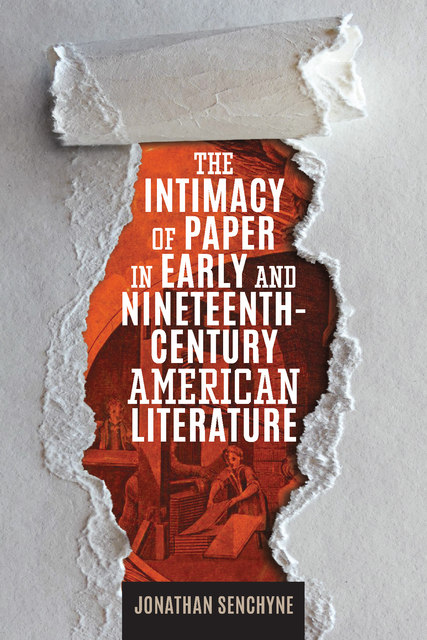Contents
Preface and Acknowledgments
Introduction
Chapter 1
Paper Publics and Material Textual Affiliations in American Print Culture
Chapter 2
The Gender of Rag Paper in Anne Bradstreet and Lydia Sigourney
Chapter 3
The Ineffable Socialities of Rags in Henry David Thoreau and Herman Melville
Chapter 4
The Whiteness of the Page: Racial Legibility and Authenticity
Conclusion
Reading into Surfaces
Notes
Index



